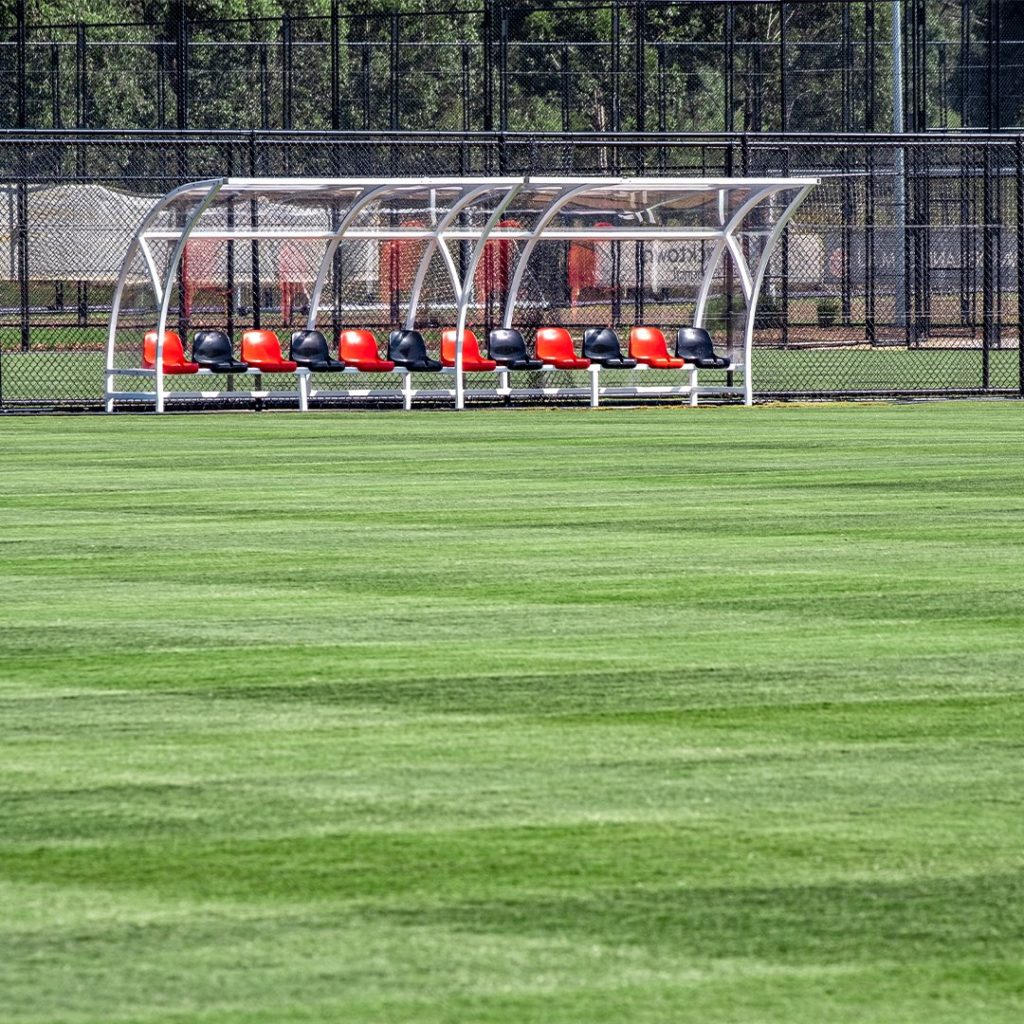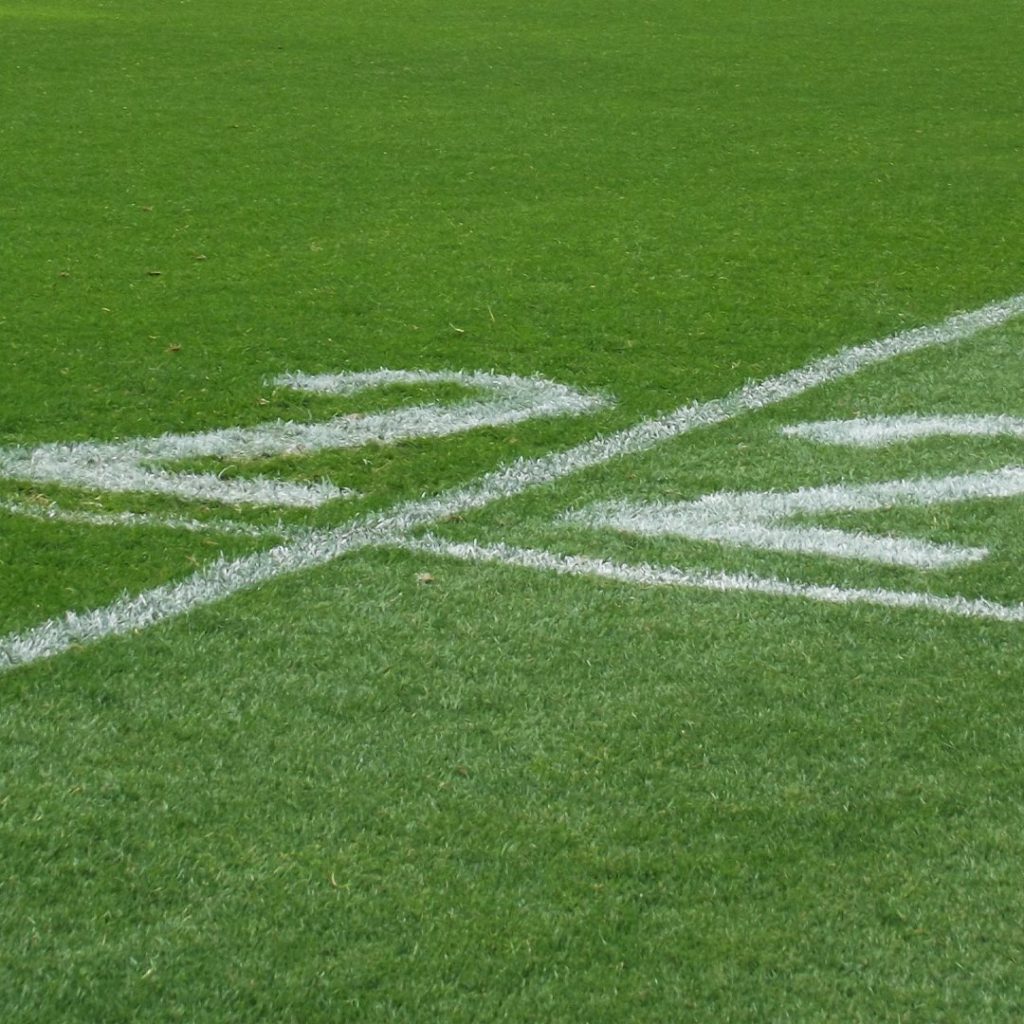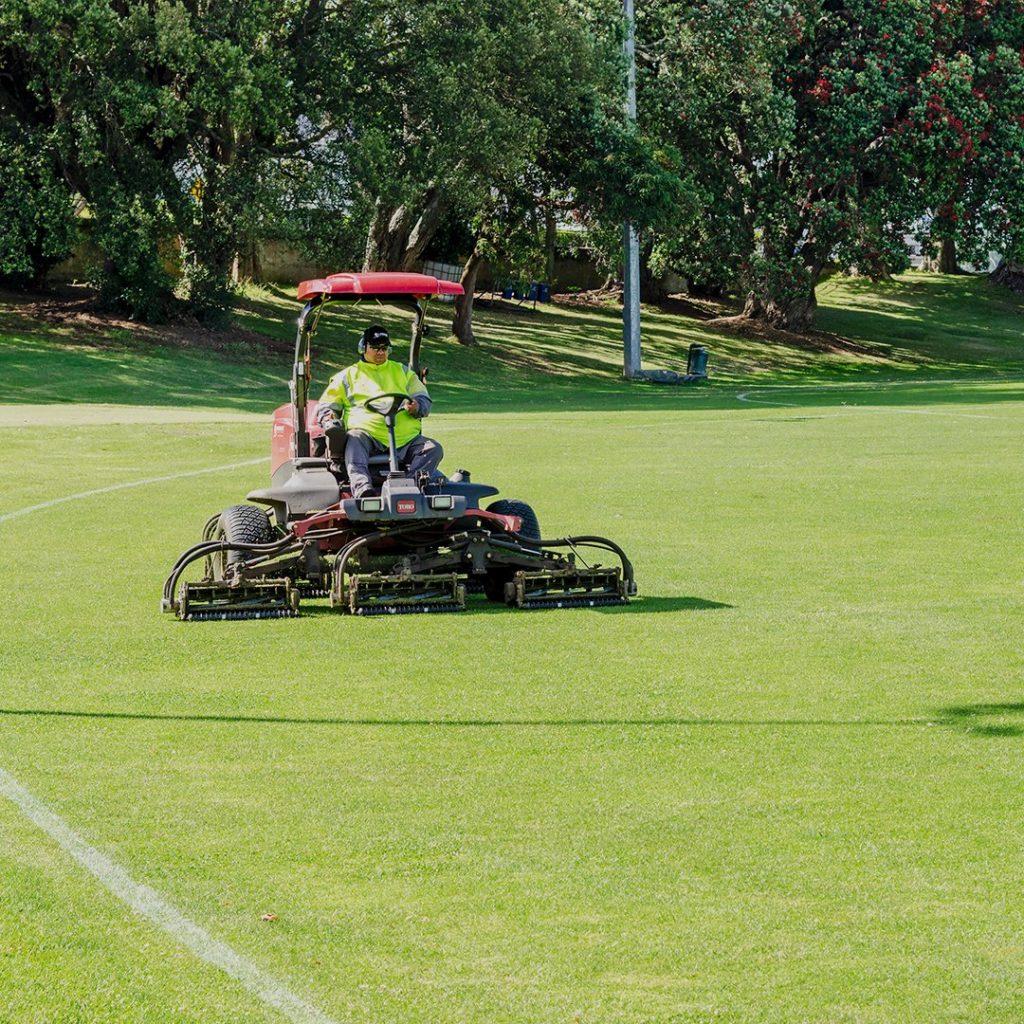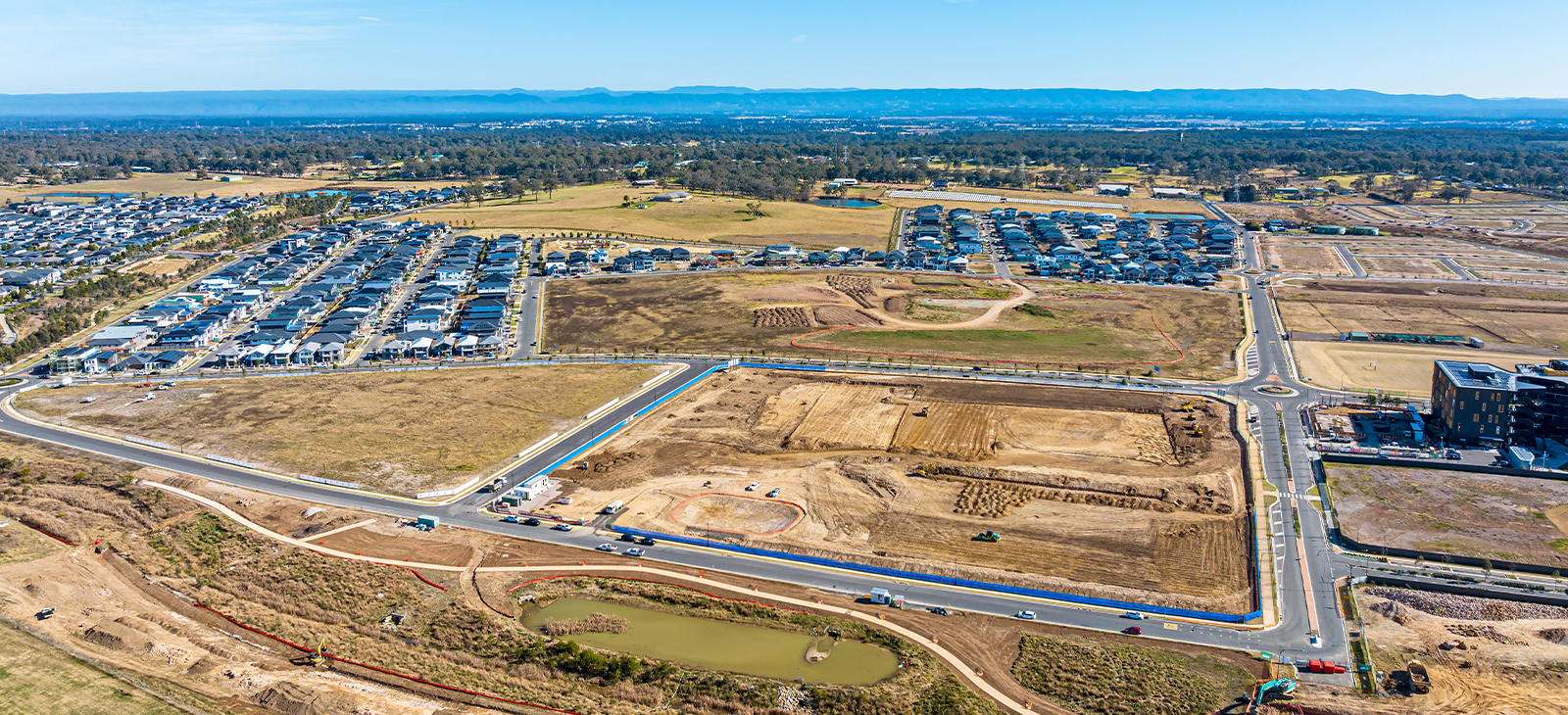Mother nature has been particularly tough on us this year, and our sports fields have endured a wet and soggy winter. With the promise of more rain and heavier player use ahead, it’s more important than ever to be on top of your sports turf management program.
Now that we’re in spring, it’s important to ensure your sports turf maintenance program is ready for the change. If you implemented a sports turf program prior to spring when the bulk of the damage occurs, you’re set for an effortless transition. If not, there are some steps you can take to get your sports turf back on track.
Here are a few things to consider:
Why is a sports turf maintenance program important?:
Irrespective of how well a sports field is designed and constructed, an inadequate maintenance program will result in:
- Turf deterioration and the development of bare areas;
- Poor surface playability;
- Increased risk of player injury;
- Increased cost of repair.
The objectives of a thorough maintenance program:
- To provide an even and resilient grass cover;
- To maintain adequate drainage;
- Have a high degree of water use efficiency;
- Maintain a sufficient level of fertility that allows the turf to cope with the wear;
- Keep the thatch (organic matter) under control;
- Adequate weed control.
Your sports turf maintenance program needs to align with the following:
- Your original capital investment;
- The existing soil type;
- Turf species;
- Hours of use;
- Required playing surface standards.
Regardless of the construction type and field age, the maintenance program must reflect the hours of use to be able to minimise the level of damage and reduced playability. Most of the turf damage occurs over the winter months when the soil has increased moisture and turf growth is slower than average. That’s why spring is the perfect time to implement post-winter renovations. You’ll be restoring your turf health leading into the growing season.
So what does this look like?
Early summer sports turf checklist:
- Complete an irrigation system audit;
- Test your soil;
- Fertilise (frequent and light applications) with a focus on the high wear areas;
- Control weeds and remove overseeded grasses;
- Multiple applications of pest control;
- Immediate repair of high wear/worn out areas with solid turf (as required);
- Aeration, scarifying and topdressing when the warm-season grasses are growing.
Late summer sports turf checklist:
- Maintain a stable fertility level;
- Pay attention to good irrigation practices;
- Weed control;
- In late summer, lift cutting heights and fertilise. This helps to establish a good buffer of grass to better tolerate winter traffic.
In over your head? If you think you could use a hand getting your sports turf back on track, speak to one of our sports turf specialists.







